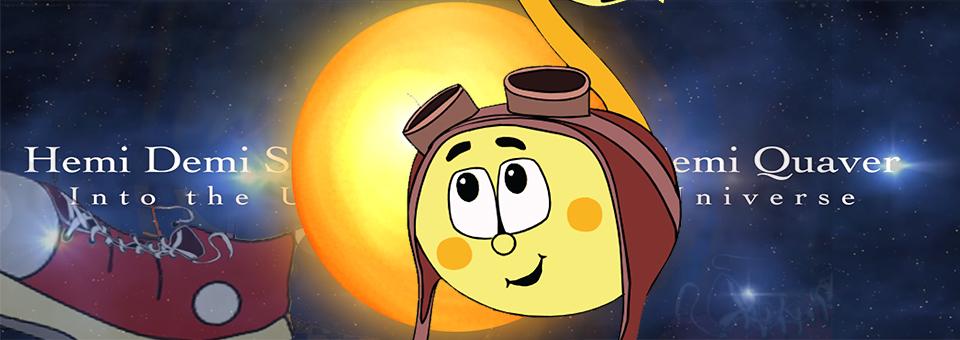


filling in the noteheads to make them black (or sometimes red). In white notation the use of triplets was indicated by coloration, i.e. This black mensural notation gave way to white mensural notation around 1450, in which all note values were written with white (outline) noteheads. Philippe de Vitry's treatise Ars nova (1320) described a system in which the ratios of different note values could be 2:1 or 3:1, with a system of mensural time signatures to distinguish between them. In the 13th century, chant was sometimes performed according to rhythmic modes, roughly equivalent to meters however, the note shapes still did not indicate duration in the same way as modern note values.Īround 1250, Franco of Cologne invented different symbols for different durations, although the relation between different note values could vary three was the most common ratio. History Gregorian chant Īlthough note heads of various shapes, and notes with and without stems appear in early Gregorian chant manuscripts, many scholars agree that these symbols do not indicate different durations, although the dot is used for augmentation. However, see swung note and notes inégales. To divide a note value to three equal parts, or some other value than two, tuplets may be used. Quantz in music of the 18th century and earlier the amount by which the dot augmented the note varied: it could be more or less than the modern interpretation, to fit into the context. The double dot was first used in 1752 by J. The rare three dots make it one and seven eighths the duration, and so on. A number of dots ( n) lengthen the note value by 2 n − 1 / 2 n its value, so two dots add two lower note values, making a total of one and three quarters times its original duration. This dot adds the next briefer note value, making it one and a half times its original duration. Shorter notes can be created theoretically ad infinitum by adding further flags, but are very rare.Ī note value may be augmented by adding a dot after it. (occasionally quadruple note or quadruple whole note) ĭouble whole note, double note

(occasionally octuple note, octuple whole note, or octuple entire musical note)


 0 kommentar(er)
0 kommentar(er)
